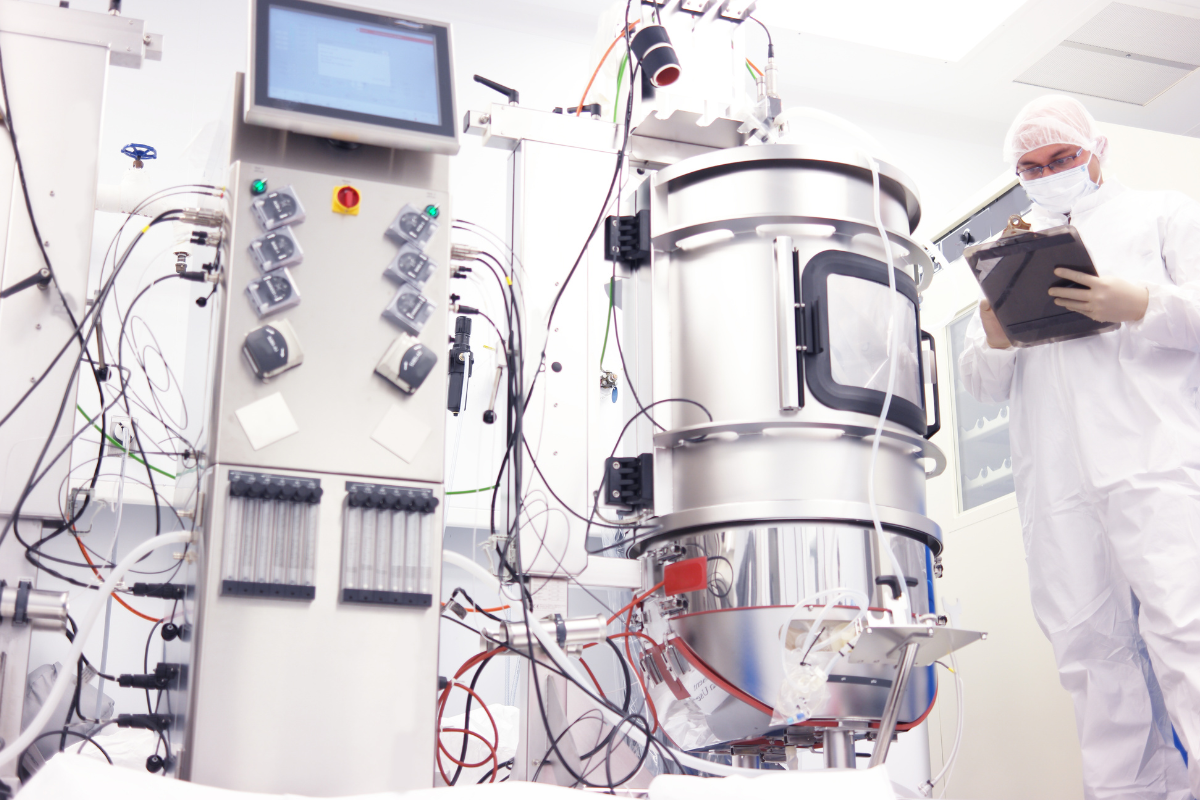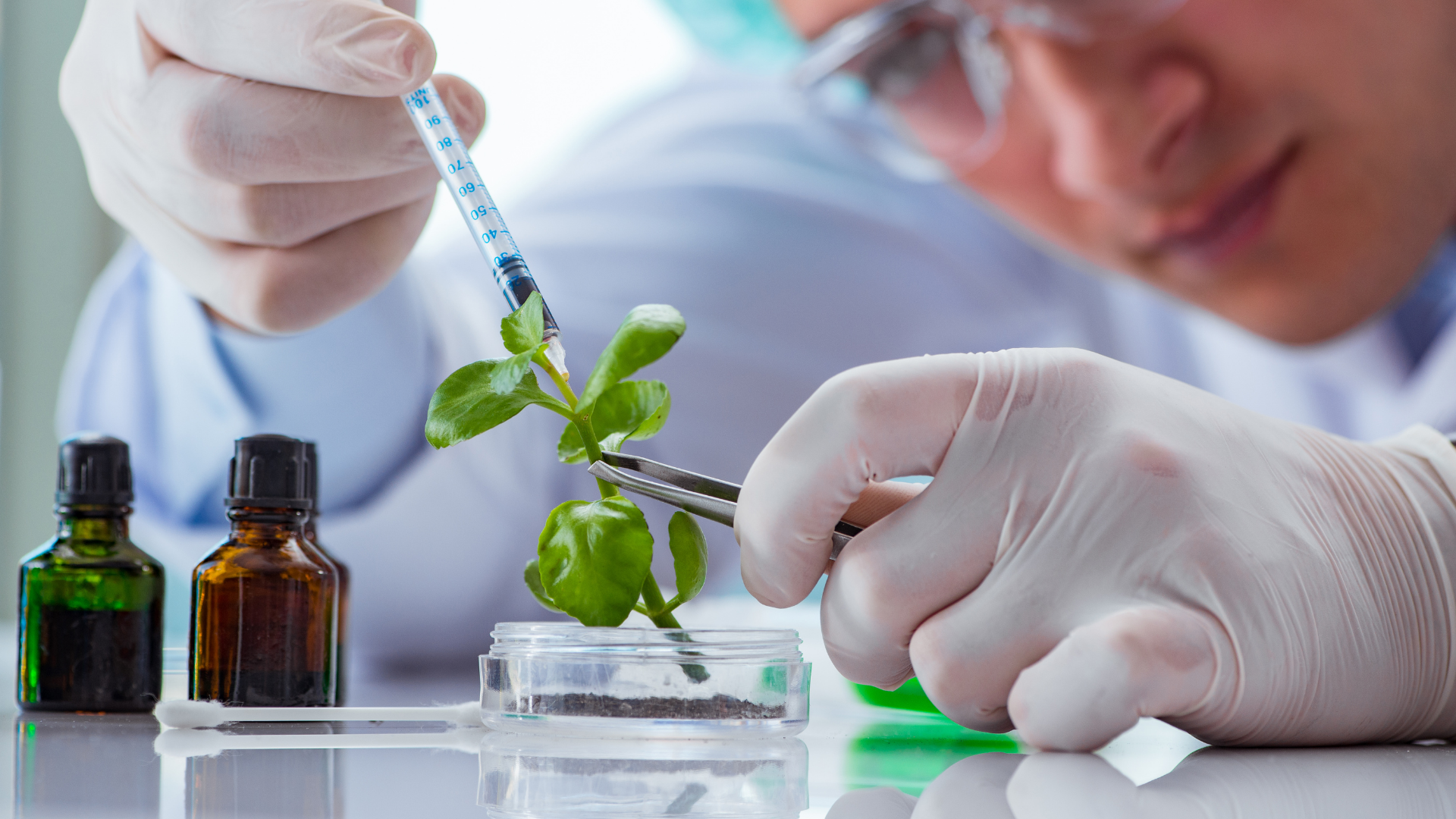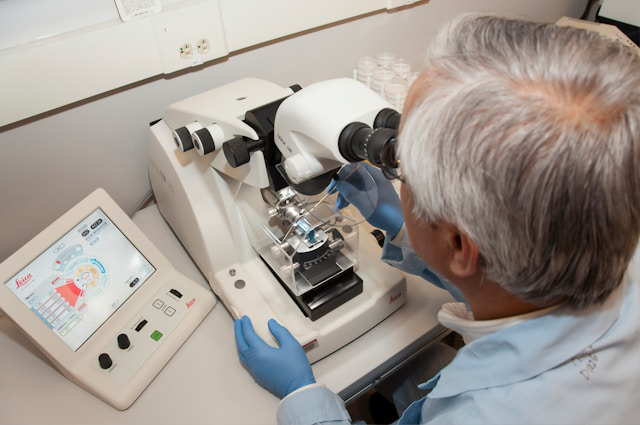Recombinant vs. Chemical Peptide Synthesis: A Question of Sustainability

Peptide-based therapeutics are a burgeoning sector of the biotherapeutics industry. These short strands of amino acids are classed as biologics by the FDA and offer distinct advantages over small molecule drugs, like higher specificity of targeting and more desirable pharmacokinetic properties.
Recent analysis has predicted that the market for peptide therapeutics will continue to grow robustly at least until 2033. With this rate of growth, it is pivotal that market leaders and R&D departments in the field focus on the environmental sustainability of this growth.
Recombinant and chemical synthesis
Although both recombinant and chemical synthesis techniques have their place in modern peptide synthesis, it is no secret that the latter is significantly more costly for the environment.
Recombinant peptide production methods use biology to produce the peptide of interest. Here, a DNA expression vector transfects the desired gene into bacterial, yeast, or mammalian host cells which then use natural biological processes to express the peptide.
RELATED:
- Mechanochemical Synthesis as a Solvent-Free Peptide Synthesis Method
- New peptide with hope of treating triple-negative breast cancer
- The Power of Collaboration: How The Sustainable Healthcare Coalition Measures the Impact of Sustainable Healthcare
On the other hand, the most common method of chemical peptide synthesis is solid-phase peptide synthesis (SPPS), in which chains of amino acids are stitched together on a support resin. These chemical methods often employ toxic or dangerous solvents and reagents, which can cause problems with scale-up and disposal post synthesis.
Certain catalysts used in chemical synthesis can be explosive or harmful when handling in large quantities, therefore bottlenecking en masse peptide production. Furthermore, other solvents are wasted after reaction.
Sustainable alternatives
The sustainability question is not solved as easily as switching wholesale to recombinant production; recombinant and chemical synthesis both have their own use-cases. For one, recombinant production is delicate and laborious, plus some peptide products can be toxic to their host cells which make them inappropriate for synthesis in bioreactors.
Therefore, sustainable solutions have been sought that hope to fix the balancing act of peptide production.
Green chemistry is a field which hopes to solve the chemical side of the coin, by using less hazardous, more environmentally friendly alternatives to traditional solvents and reagents. Some methods have even found success in forgoing solvents altogether. Moreover, methods of recycling waste products from reactions have also been explored to minimise chemical pollution.
On the recombinant side, efforts have been made to create technologies that take peptide products away from their hosts’ proteasome in the interest of minimising toxicity to said host.
The growth of peptide therapeutics presents a promising avenue for medical advancements, but it also necessitates a concerted effort towards sustainability. While both recombinant and chemical synthesis methods have their merits, the environmental impact of chemical synthesis underscores the urgency for adopting sustainable practices.
Through innovations in green chemistry and recombinant technologies aimed at minimising toxicity and waste, the industry can navigate towards a more sustainable future without compromising therapeutic progress.




